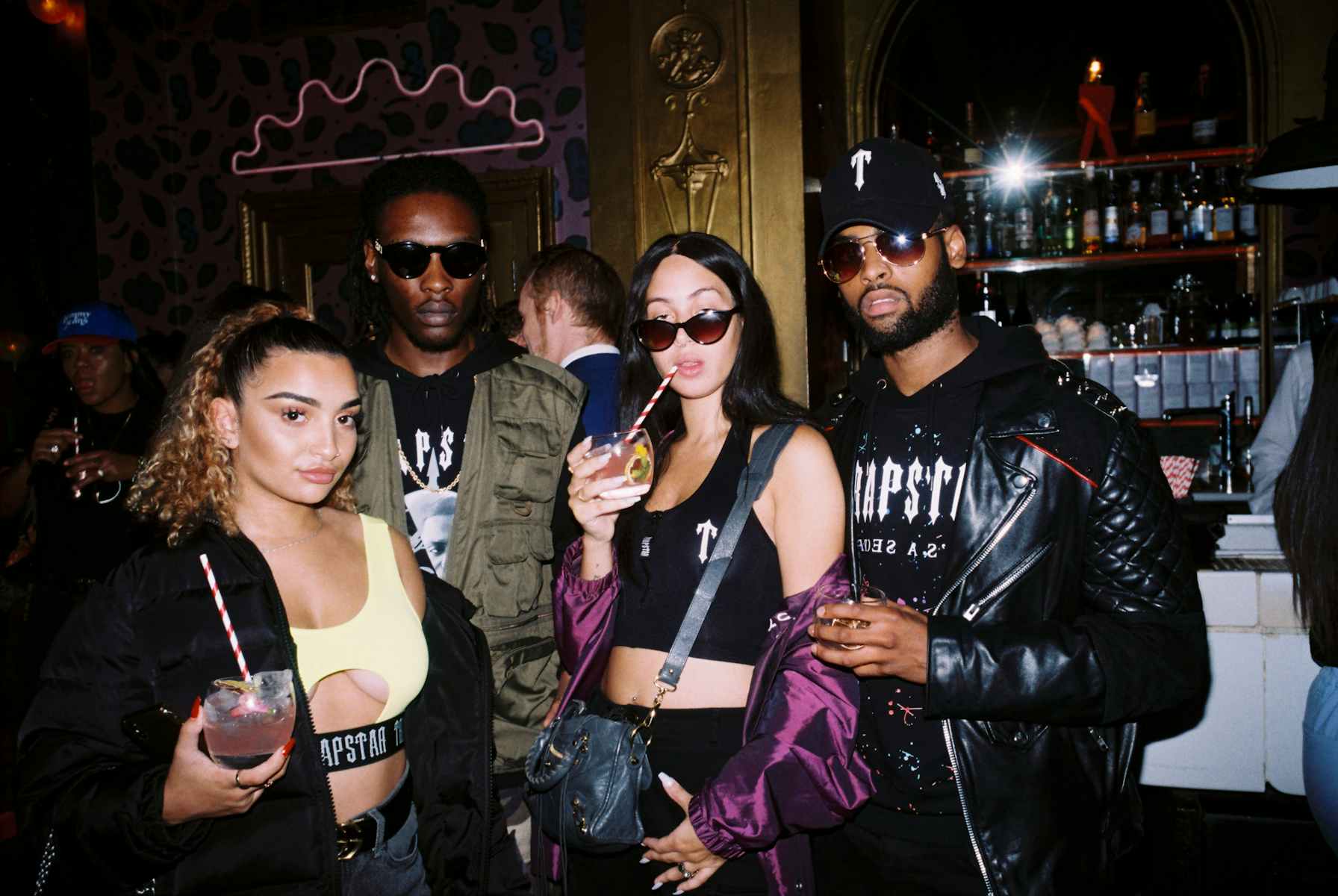Trapstar is a renowned British streetwear brand that has garnered a significant following over the years. Its bold designs, urban aesthetics, and affiliation with celebrities have propelled it into the spotlight of contemporary fashion. This article delves into the origins, founders, and the creative process behind Trapstar Clothing, offering an in-depth look at the minds and efforts driving the brand’s success.
The Founders: Mike, Lee, and Will
Who Makes Trapstar Clothing was founded in 2005 by three friends from West London: Mikey (Michael “Mike” Lamont), Lee (Lee “Lee” Powell), and Will (William “Will” Wright). These individuals, often referred to simply by their first names, shared a passion for music, art, and street culture, which naturally evolved into a fashion venture. The trio’s vision was to create a brand that represented the gritty, authentic spirit of London’s streets.
- Mikey Lamont: Mikey, often seen as the face of the brand, is known for his entrepreneurial spirit and creative direction. He plays a crucial role in conceptualizing the brand’s vision and ensuring it stays true to its roots.
- Lee Powell: Lee brings a wealth of experience in design and aesthetics, having a keen eye for trends and urban culture. His influence is seen in the intricate designs and graphics that have become synonymous with Trapstar.
- Will Wright: Will’s expertise lies in brand strategy and market positioning. He has been instrumental in expanding Trapstar’s reach beyond the UK, establishing it as a global player in streetwear.
The Birth of a Brand
Trapstar’s inception was organic, starting with custom t-shirts printed for friends and family. The designs were bold, featuring strong graphic elements and slogans that resonated with the urban youth. The founders capitalized on their connections in the music and entertainment industries to promote their brand, which quickly caught the attention of a broader audience.
The name “Trapstar” itself is a play on words, combining “trap” (a term rooted in street culture, referring to hustling) and “star” (symbolizing success and recognition). This duality reflects the brand’s ethos—embracing the hustle while striving for excellence.
The Creative Process
Trapstar’s creative process is deeply collaborative, reflecting the founders’ collective influences and experiences. The brand is known for its distinctive designs that blend streetwear with high fashion elements. Key features of Trapstar clothing include bold graphics, unique typography, and a monochromatic color palette, often accented with red.
- Inspiration and Conceptualization: The team draws inspiration from a variety of sources, including music, film, and street culture. Each collection tells a story, often referencing social issues, urban life, and personal experiences. This narrative-driven approach sets Trapstar apart in the crowded streetwear market.
- Design and Development: Once a concept is solidified, the design phase begins. The team works closely with graphic designers and artists to bring their vision to life. Attention to detail is paramount, ensuring that each piece reflects the brand’s high standards of quality and creativity.
- Production: Trapstar places a strong emphasis on the quality of their garments. They partner with manufacturers who share their commitment to excellence, ensuring that each piece is meticulously crafted. This focus on quality has helped Trapstar build a loyal customer base that appreciates the durability and style of their clothing.
Celebrity Endorsements and Collaborations
A significant factor in Trapstar’s rise to prominence is its connection with celebrities and influencers. Early supporters included well-known figures in the music industry such as Rihanna, Jay-Z, and A$AP Rocky. These endorsements have provided the brand with invaluable exposure and credibility.
In addition to celebrity endorsements, Who Makes Trapstar Clothing has engaged in numerous high-profile collaborations. Notably, their partnership with sportswear giant Puma led to the creation of limited-edition collections that sold out rapidly. These collaborations have not only expanded Trapstar’s reach but also reinforced its reputation as a cutting-edge streetwear brand.
The Global Impact
Trapstar’s influence extends far beyond the streets of London. The brand has successfully penetrated international markets, with a strong presence in the United States, Europe, and Asia. Their flagship store in London serves as a cultural hub, attracting fashion enthusiasts from around the world.
Social media has played a crucial role in Trapstar’s global expansion. The brand’s savvy use of platforms like Instagram and Twitter allows them to connect with a worldwide audience, sharing their latest collections and engaging with fans directly.
The Future of Trapstar
Looking ahead, Trapstar shows no signs of slowing down. The founders remain committed to their original vision, continuously pushing the boundaries of streetwear fashion. Upcoming projects include new collaborations, expanded product lines, and further international expansion.
The brand also aims to maintain its cultural relevance by staying connected to its roots and the community that supported it from the beginning. This includes engaging in social initiatives and supporting emerging artists and designers.
Conclusion
Trapstar Clothing is more than just a fashion brand; it’s a cultural movement. Founded by Mike, Lee, and Will, the brand has carved out a unique space in the streetwear landscape, blending authentic urban culture with high fashion sensibilities. Through their innovative designs, strategic celebrity endorsements, and global reach, Who Makes Trapstar Clothing continues to influence and inspire, setting trends and redefining the boundaries of streetwear.

Leave a Reply